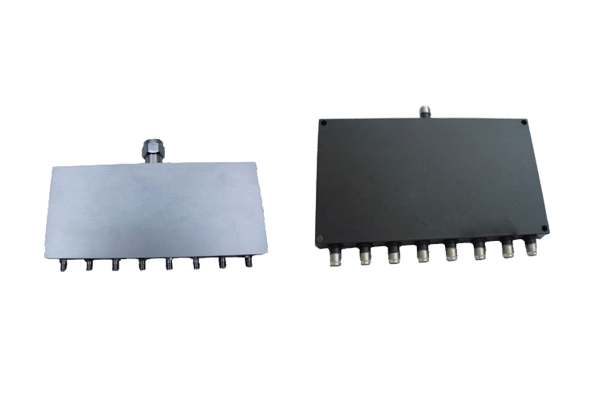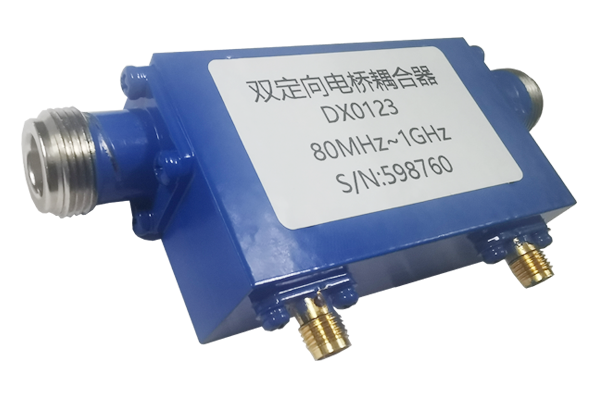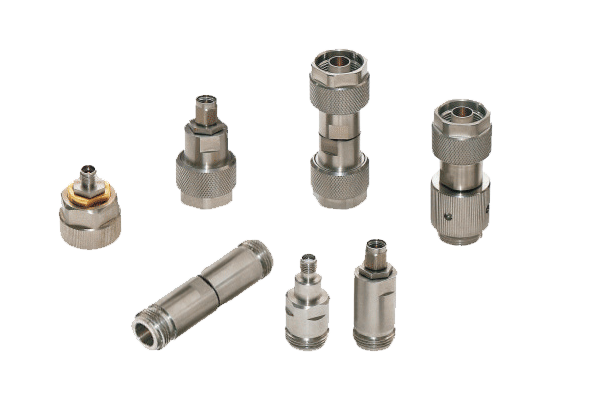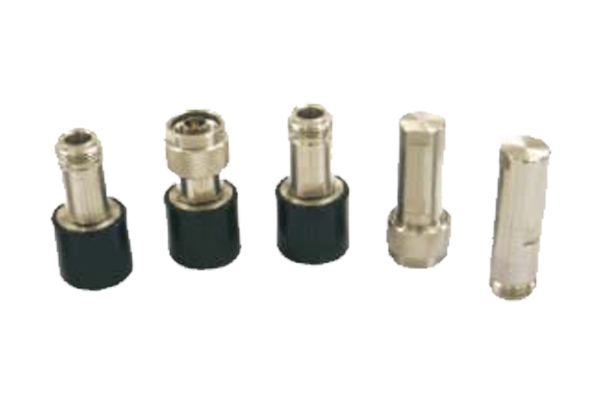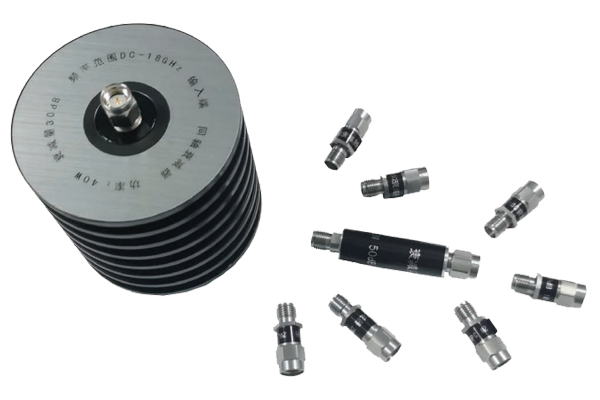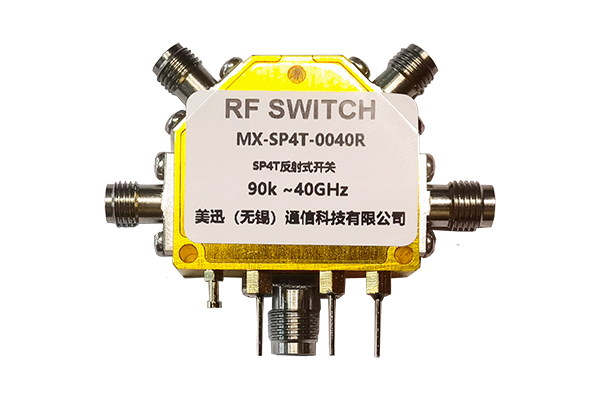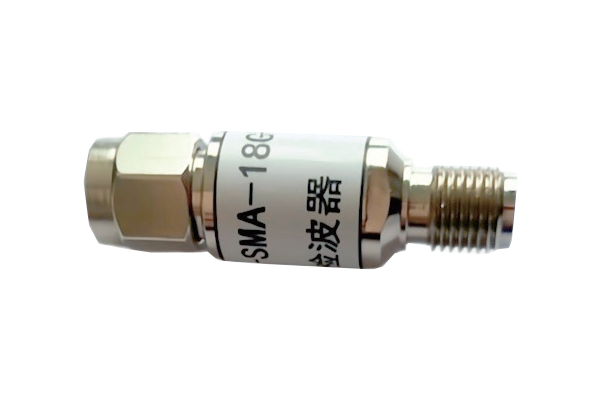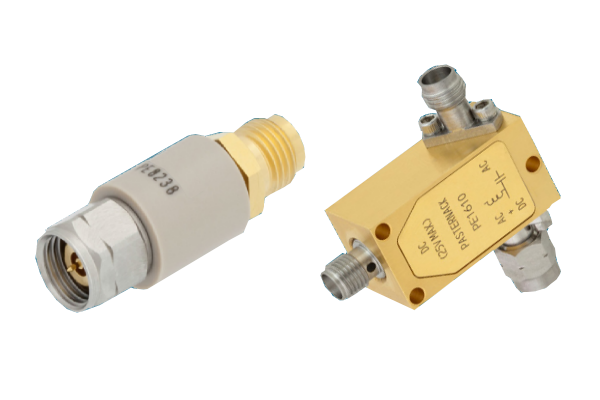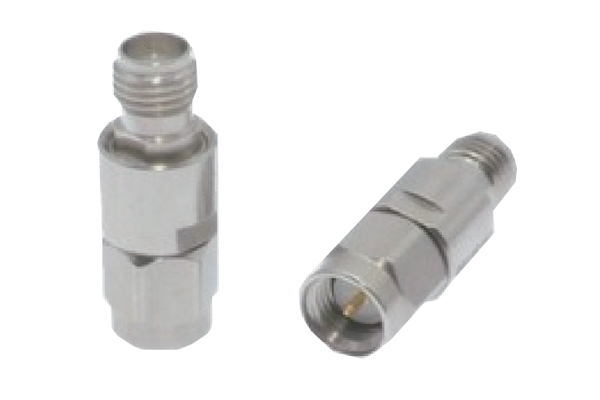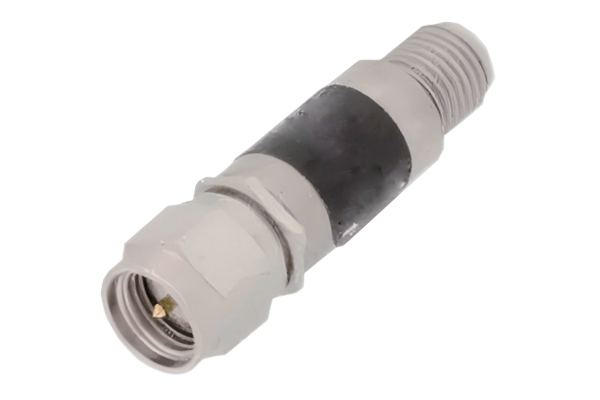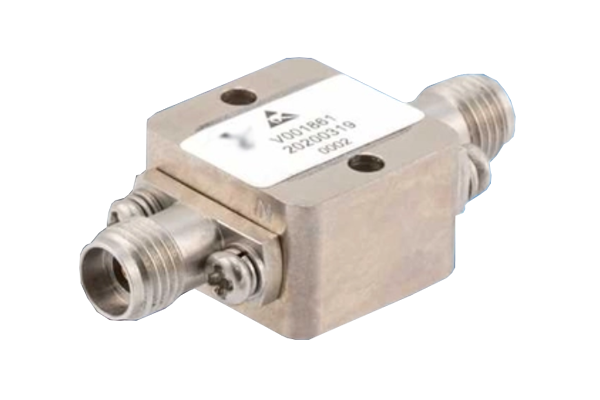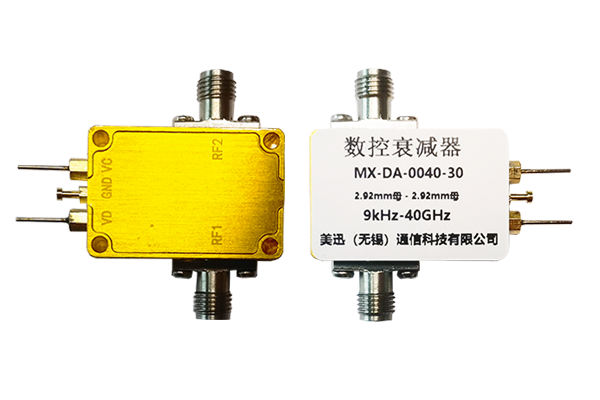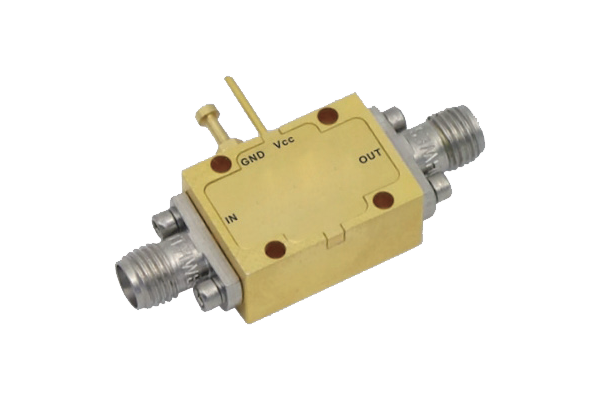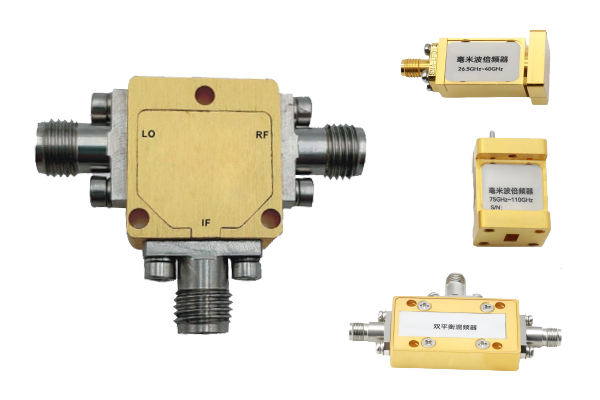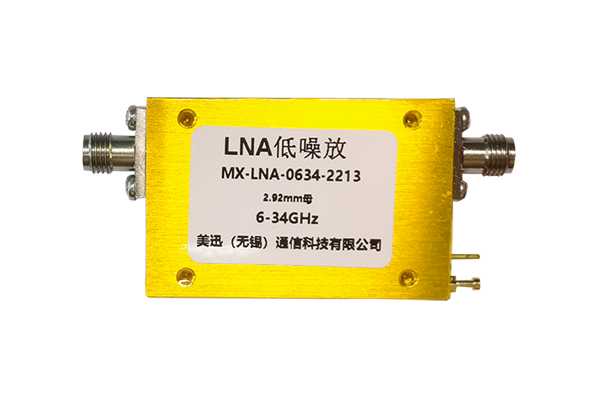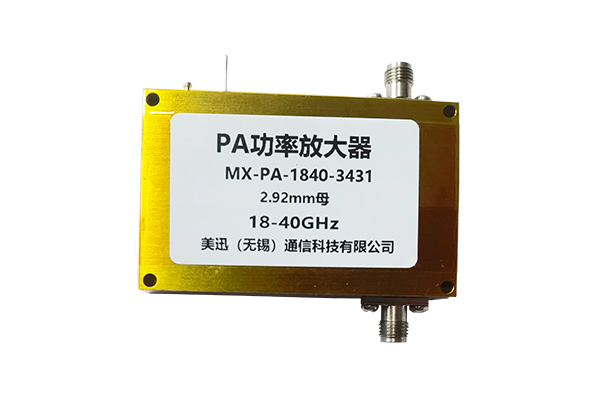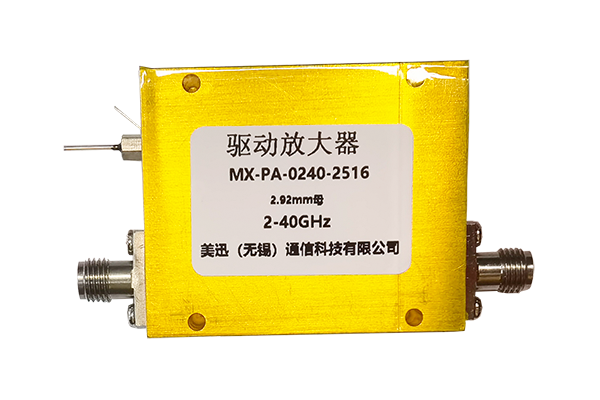Can coaxial switches be used in power - over - ethernet (PoE) applications
Coaxial Switches in PoE Applications
Coaxial switches are generally not suitable for standard Power over Ethernet (PoE) applications, as PoE systems typically use twisted-pair Ethernet cables (e.g., Cat5e/Cat6) to transmit both data (via differential signaling on pairs 1-2 and 3-6) and DC power (via pairs 4-5 or 7-8). Coaxial cables, designed for RF/microwave signal transmission with a single central conductor and shield, are incompatible with PoE's balanced, multi-pair architecture.
Niche Applications
However, coaxial switches may have niche roles in modified PoE-like scenarios where:
-
RF Signals + DC Bias are transmitted over coaxial cables (e.g., in satellite communications or CCTV systems). Here, switches must support DC blocking/coupling (e.g., via bias tees) to separate RF and DC paths without damaging components.
-
High-Power DC Over Coax is required for specialized devices (e.g., remote antennas). In such cases, switches must handle DC voltages (e.g., 48V PoE standard) and currents while maintaining RF performance (e.g., low insertion loss, high isolation). Companies like Pasternack offer coaxial switches with DC bias capabilities for hybrid signal/power applications.
Key Limitations
Lack of Standardization: PoE protocols (IEEE 802.3af/at) are designed for twisted pairs, not coaxial systems.
Impedance Mismatch: Coaxial DC power handling requires careful design to avoid arcing or signal degradation, unlike PoE's balanced power delivery.
In summary, coaxial switches are not direct replacements for PoE switches in Ethernet networks but can enable hybrid power/signal systems in specialized RF/communication setups. For standard PoE, twisted-pair switches remain the norm.





